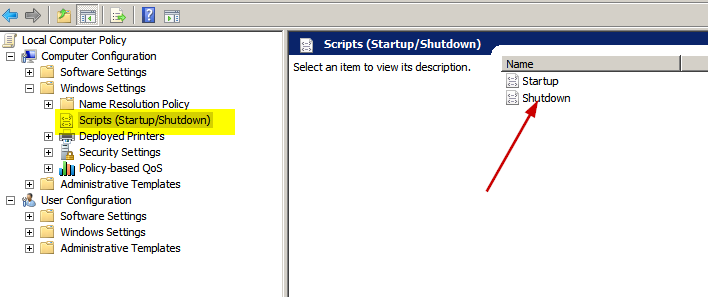I’m a big fan of unit tests. But not everything can and should be unit tested. Also I do love CQRS architecture – it provides awesome separation of read and writes and isolates each read from the next read via query classes. Usually my queries are reading data from a database, though they can use any persistence i.e. files. About 90% of my queries are run against database with Entity Framework or with some micro ORM (currently I’m a fan of PetaPoco, though Dapper is also grand).
And no amount of stubs/mocks or isolating frameworks will help you with testing your database-access layer without actual database. To test your database-related code you need to have a database. Full stop, don’t even argue about this. If you say you can do unit-tests for your db-layer, I say your tests are worth nothing.
A while ago I’ve blogged about integration tests and that article seems to be quite popular – in top 10 by visitors in the last 2 years. So I decided to write an update.
